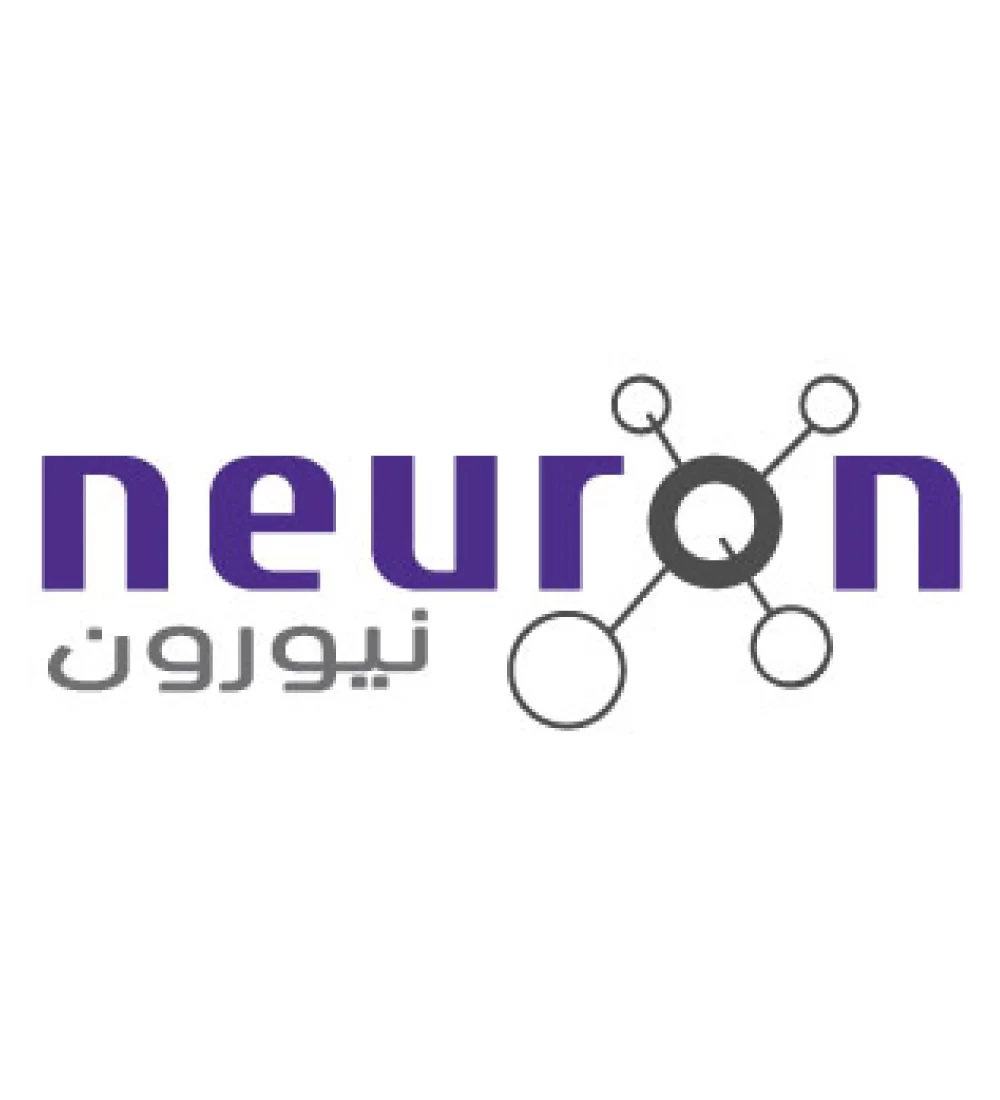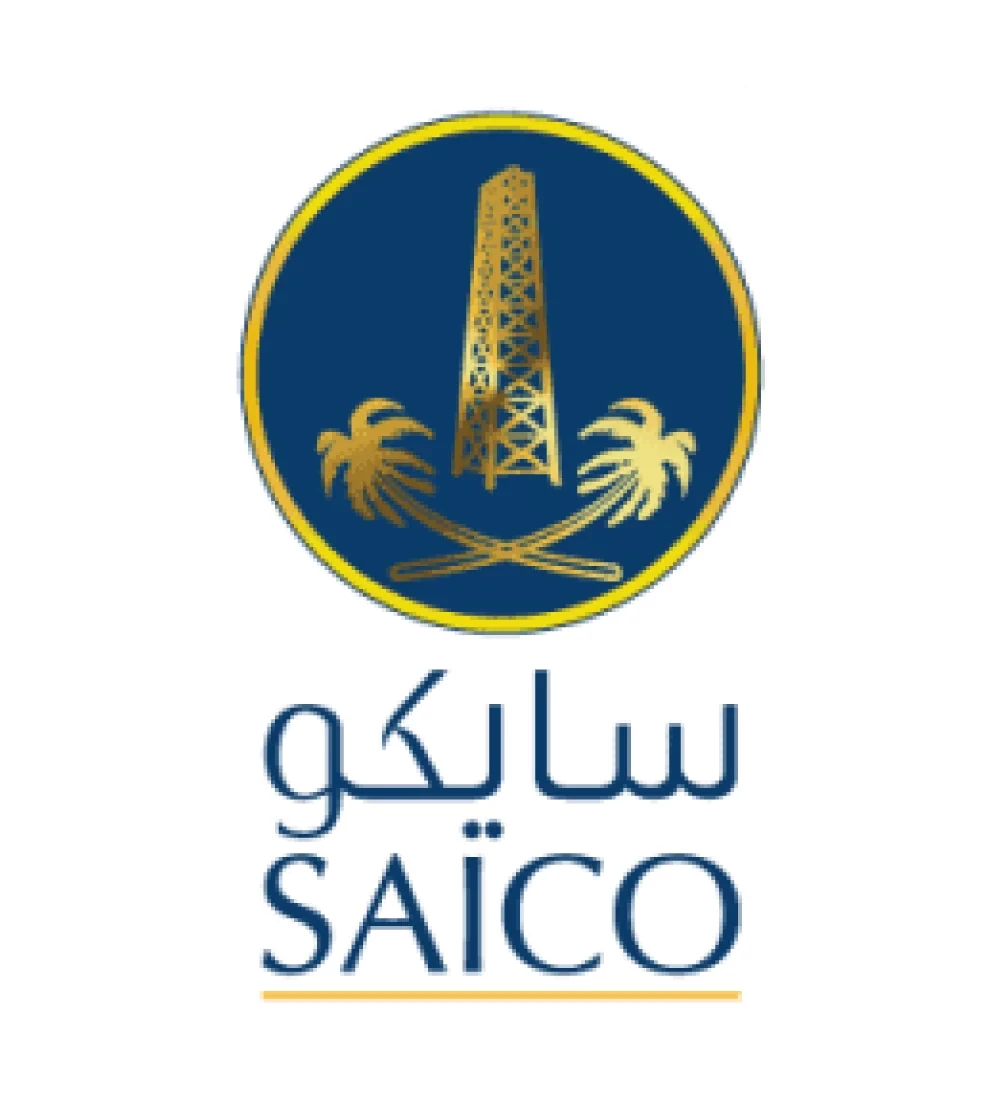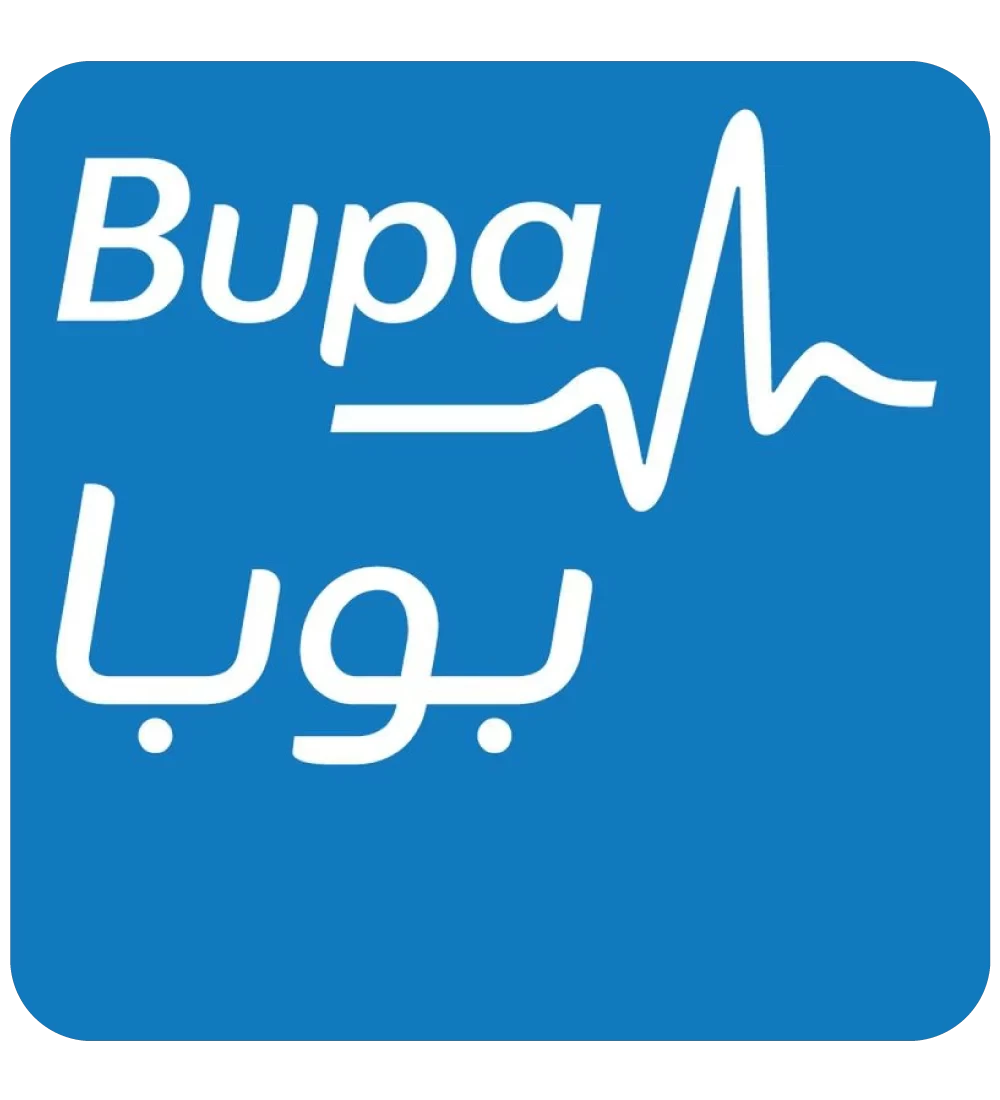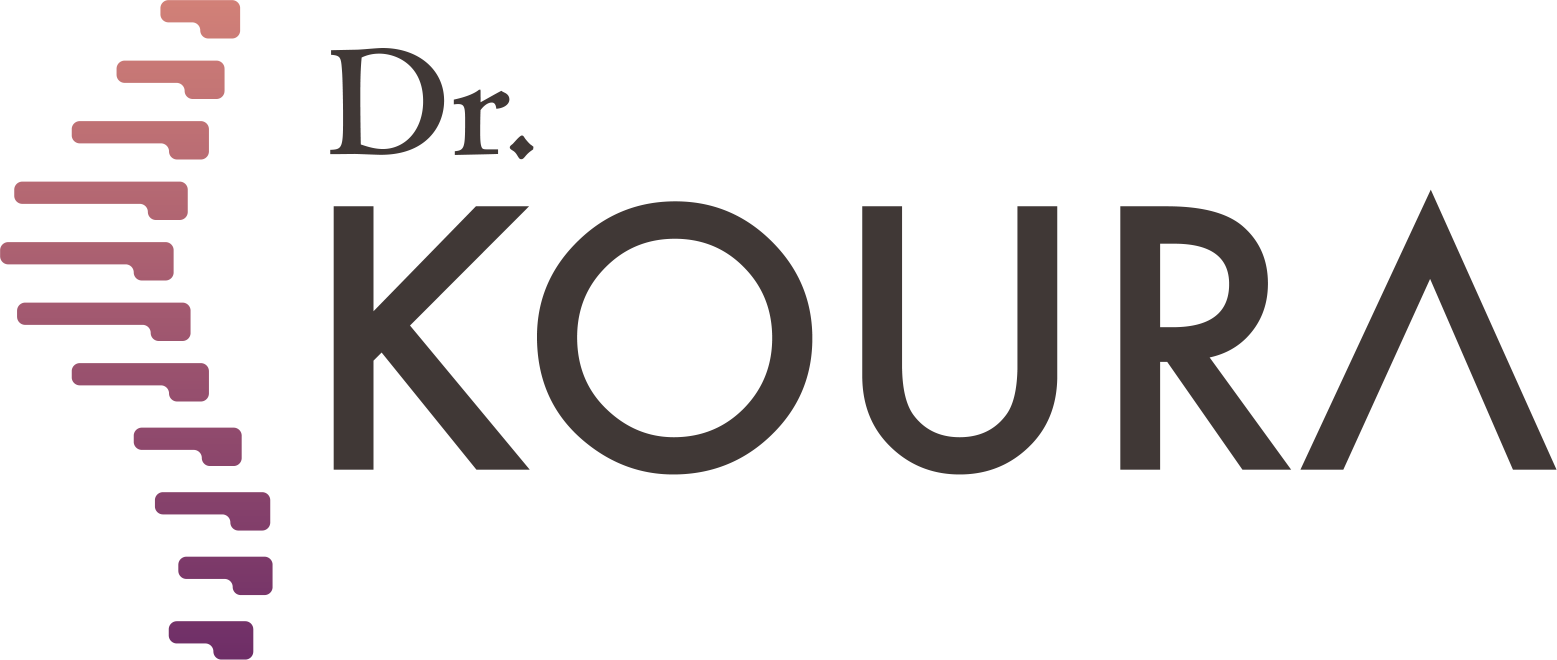
To see patients' reviews
Click hereSpinal stenosis
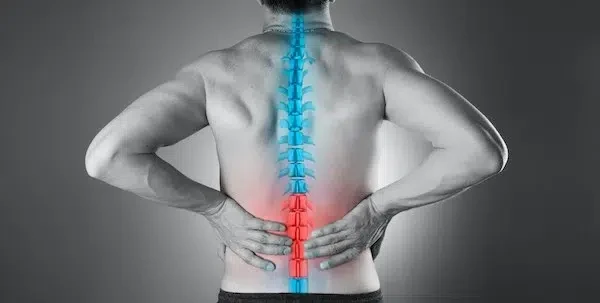

The spinal canal is one of the essential components of the human body, playing a vital role in transmitting nerve signals and information between organs. However, the spinal canal may encounter issues such as spinal canal stenosis, which can lead to symptoms like lower back pain, numbness, and tingling. Fortunately, with the advancement of therapeutic techniques, it is now possible to treat and expand spinal canal stenosis without surgery. At Dr. Mohamed Koura's center, a specialist in this field, the latest therapeutic technologies derived from his continuous participation in international conferences are applied.
This article will explain the concept of spinal canal stenosis, its symptoms, causes, complications, treatment methods, and the superiority of non-surgical treatment.
What Is Spinal Canal Stenosis?
It is a narrowing in one or more spaces within the spinal canal, representing the tunnel that passes through each vertebra in the spine. This narrowing can compress the spinal cord and the nerves branching out from it, causing irritation or pressure. Common symptoms include back pain and conditions like sciatica.
Symptoms of Spinal Canal Stenosis
Symptoms vary based on the severity and location of the compression and may include:
- Lower back pain radiating to the buttocks and legs, possibly extending to the feet.
- Numbness or tingling in the buttocks, legs, or feet.
- Weakness in the arms or legs.
- Increased pain when standing for long periods or walking downhill.
- Pain episodes waking the patient at night, resembling electric shocks.
- Neurogenic claudication, a feeling of heaviness and cramping in the legs, often relieved by sitting or leaning forward.
Causes of Spinal Canal Stenosis
- Genetic Changes: Sometimes leading to bone or tendon enlargement, compressing the spinal canal.
- Spondylolisthesis: A vertebral slip causing pressure on the canal from all directions.
- Osteoarthritis: Resulting in bony growths that compress the canal.
- Herniated Discs: Causing nerve compression from the front.
- Thickened Ligaments: Pressuring the canal from the back.
Complications of Spinal Canal Stenosis
Neglecting treatment can lead to severe complications, including:
- Loss of bladder control (urinary incontinence).
- Neurological sexual dysfunction, such as erectile dysfunction.
- In rare cases, partial or complete paralysis of the legs.
Treatment Methods for Spinal Canal Stenosis
1. Medications
Doctors may prescribe medications to relieve pain and inflammation in mild to moderate cases.
2. Physical Therapy
Involves a customized exercise program to improve balance, flexibility, and strengthen the back and abdominal muscles. It must be supervised by a specialist.
3. Surgery
Reserved for advanced cases, but it has several drawbacks:
- Prolonged bed rest post-surgery.
- Risk of wound infection.
- Requires physiotherapy to strengthen back muscles post-surgery.
Non-Surgical Treatment for Spinal Canal Stenosis
Treating spinal canal stenosis without surgery can significantly improve the condition without major side effects associated with medications or surgery. The treatment involves:
- Using specialized tools to expand the spinal canal through a small skin incision.
- Injecting a contrast dye into the spinal canal to accurately visualize its edges and branches.
- Removing obstructions and relieving pressure on the canal and its nourishing arteries.
Patients can typically leave the hospital on the same day, resume normal activities quickly, and return to their daily routine the following day.
Can Spinal Canal Stenosis Be Prevented?
You can reduce the risk of spinal canal stenosis by:
- Eating a healthy diet rich in calcium.
- Maintaining a healthy weight.
- Quitting smoking to avoid arterial damage and back pain.
- Practicing proper sitting posture.
- Regular exercise to improve muscle strength, especially in the back.
In conclusion, after outlining the complications, symptoms, and treatment methods for spinal canal stenosis, there’s no need to worry. At Dr. Mohamed Koura’s center, we provide a non-surgical solution to chronic pain issues. To make the right treatment decision, it is best to visit the center for quick diagnosis and tailored treatment to eliminate spinal canal stenosis and its associated pain.
Dr. Mohamed Koura is here to assist you using the latest therapeutic techniques, including thermal radiofrequency and laser treatments for spinal pain without surgery—book your appointment now from here.
Why Choose Dr. Mohamed Koura ?
Simply because he is the best doctor in his feild. He stays updated on the latest treatment technologies through his participation in various international conferences with leading foreign doctors and experts. Finally, and most importantly, Dr. Mohamed Koura is the best doctor in Egypt and the Arab world, possessing 12 non-surgical techniques for treating spinal and joint problems. He was the first to introduce modern interventional treatment techniques in Egypt & the Middle East and is the only one using the disc fx technique to treat spinal pain.
To see patients' reviews
Click hereCertainly not, some cases must be treated surgically, and the most appropriate technique for the patient is determined through a medical examination and the presence of imaging studies.
No, it is necessary to make a reservation through a phone call or social media messages.
There are no risks or side effects associated with non-surgical pain interventions.
The patient needs only 3 to 4 days before they can travel comfortably, and the hospital stay does not exceed 6 to 8 hours.
A condition cannot be accurately assessed and a proper medical diagnosis made without a medical examination and recent imaging studies.
Yes, there are several payment methods available through Visa or electronic wallets by making a reservation on our website.
Certainly, obesity is one of the causes of knee osteoarthritis.
Radiofrequency activates the nerve and does not cause any damage to it.
Non-surgical interventions are a definitive treatment for some cases and pain relievers for other cases, which is determined by the doctor through a medical examination.
If the herniated disc is fully treated, there is a possibility of it reoccurring in some cases, such as not following the doctor's prescribed instructions after the intervention, experiencing an accident, or making a sudden wrong movement like lifting heavy objects.
The entire disc is not removed due to the presence of several risks and it may exacerbate the condition. Only the protruding part that causes pain is removed.
This cannot be done with radiofrequency, but it is performed through other techniques that Dr. Koura conducts.
The success or failure of non-surgical interventions cannot be judged through radiographic imaging because these procedures involve making subtle changes to critical parts to address the issue. Consequently, they do not produce significant changes to avoid potential complications in the future or damage to the spine and joints, which is our primary goal.
Spinal stenosis does not typically cause sciatica. In most cases, disc herniation is what may lead to sciatica. This does not necessarily mean that a patient with sciatica will also have spinal stenosis.
Sciatica may return if the patient does not adhere to the medical instructions provided by the doctor or in the event of an unexpected accident.
A life without pain without surgery
Once you book with Dr. Koura
Get rid of pain with just one call.. Book your appointment now with pain Management consultant Dr. Koura.
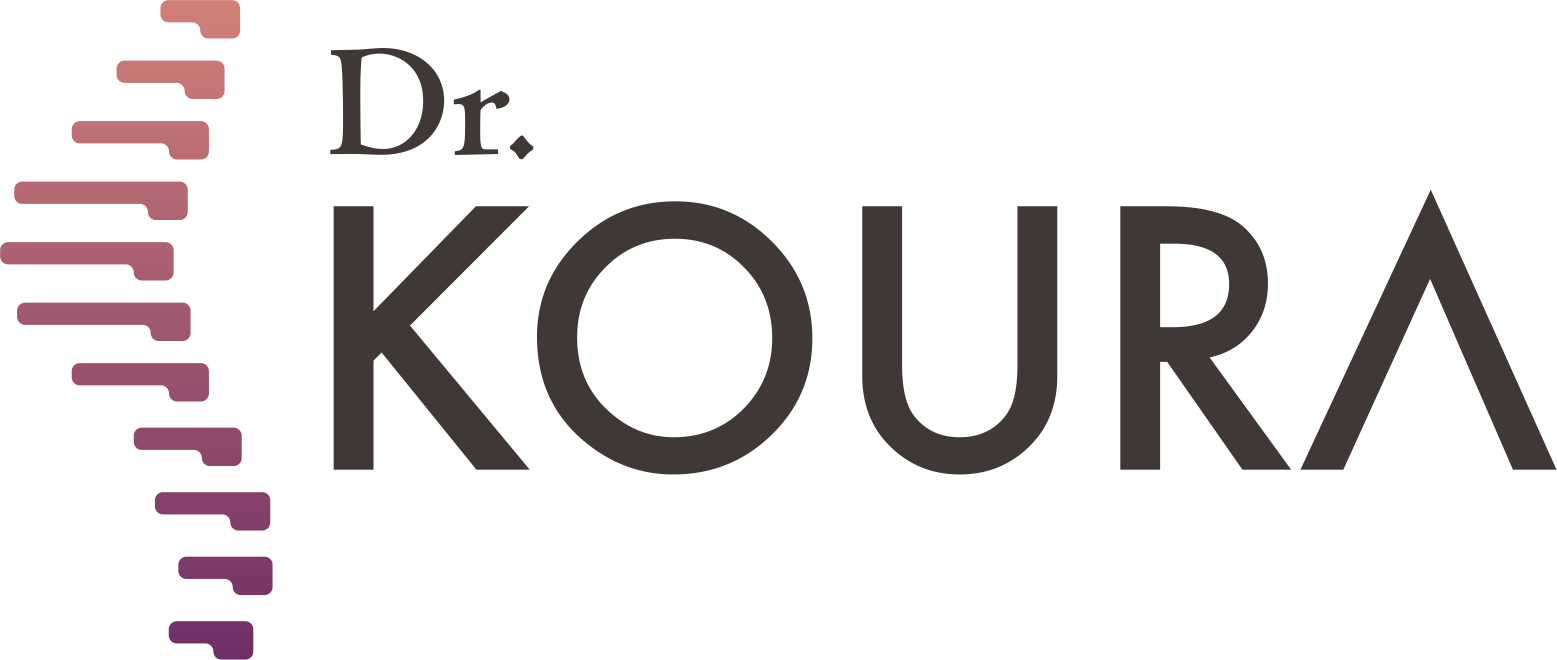





-webp.webp)




-webp.webp)







